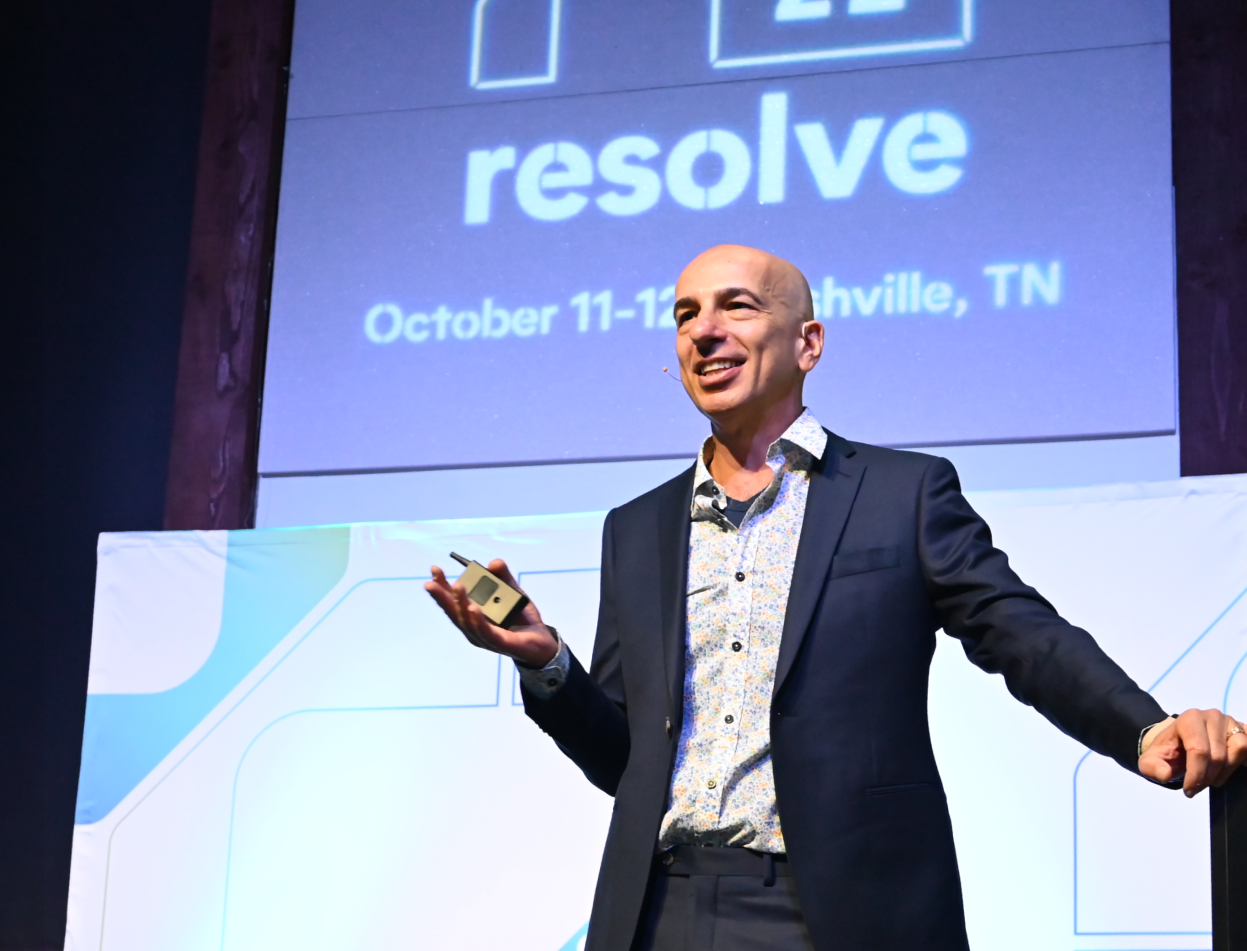Whether you believe machines will take over the world or not, many people are wondering the same thing. If you search “will machines take over the world,” Google displays over 700,000,000 results. It’s true that machines are taking over some human jobs, but there will always be a place for both humans and machines in this world.
As we try to envision what that world will exactly look like, someone who can offer us a glimpse into the future is Catie Cuan. Cuan is a dancer, choreographer, researcher, and mechanical engineering PhD candidate at Stanford University, who blends her artistic work with robotics. For Cuan, three things stand out to her as she looks toward the future.
Shared autonomy between humans and machines
Human-in-the-loop is the idea of human-assisted machine interactions. When humans have shared or partial autonomy of a machine, they can help solve issues that machines run into. This is extremely useful because it’s difficult to account for every single scenario a robot might encounter when you take it out of a controlled environment and place it into the real world. “There’s this enormous long tail of what can actually happen in the real world,” explains Cuan.
Cuan offers the example of a delivery robot. Even if the robot has a perfect map of where to go and it’s a perfectly sunny day, the robot may run into unforeseen obstacles that it doesn’t know how to handle. There may be something blocking the ramp that the robot needs to drive up. This would be the perfect time to call a human operator or teleoperator and give them control of the robot in order to solve the issue.
Machines will take many forms
Cuan believes we’re headed in the direction of creating machines that are physically soft and malleable. The robot might be made out of soft material, like cloth or plastic. It wouldn’t matter whether the robot ends up in a situation that wasn’t anticipated, since it isn’t able to hurt anyone.
Infrastructure made for robots
Lastly, Cuan sees the rise of infrastructure that’s built for robots. For example, autonomous vehicles could be successful today if we blocked off a part of the road for them that humans couldn’t move through. This provides a more controlled environment for the vehicles to operate in. By adapting infrastructure, we can make autonomous machines less dangerous when they’re operating out in the real world.
Ultimately, the future of human and machine interactions will mostly lie in between giving machines 100% autonomy and none. “Anyone who is betting on full autonomy is doing so with the narrowest of possible scopes and tasks.” Think of the Roomba, an autonomous vacuum cleaner. It does one task — vacuuming. And it’s constrained to one environment — a room or house.
“You have a lot of other things in the middle that turn this spectrum from two dimensions into infinitely many,” says Cuan. With infinite opportunities in the middle of the two extremes, this is where companies can get the most out of their AI and automation efforts right now. Humans and machines are collaborating today, and they’ll continue to do so in the future.
If you’re interested in bringing human-AI collaboration to your business, download our free guide on The Contact Center of the Future: Human-AI Collaboration for Happier Customers.
Sign up to be notified of upcoming Replicant events to engage with and learn from AI experts like Catie Cuan.





